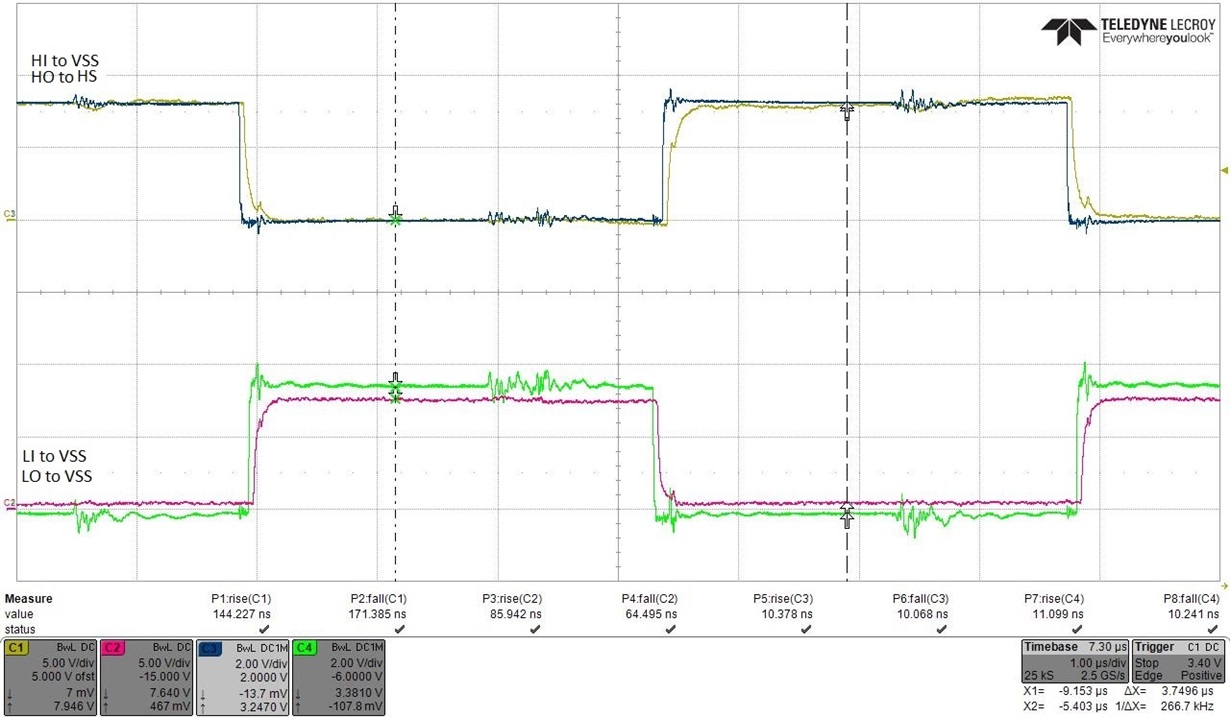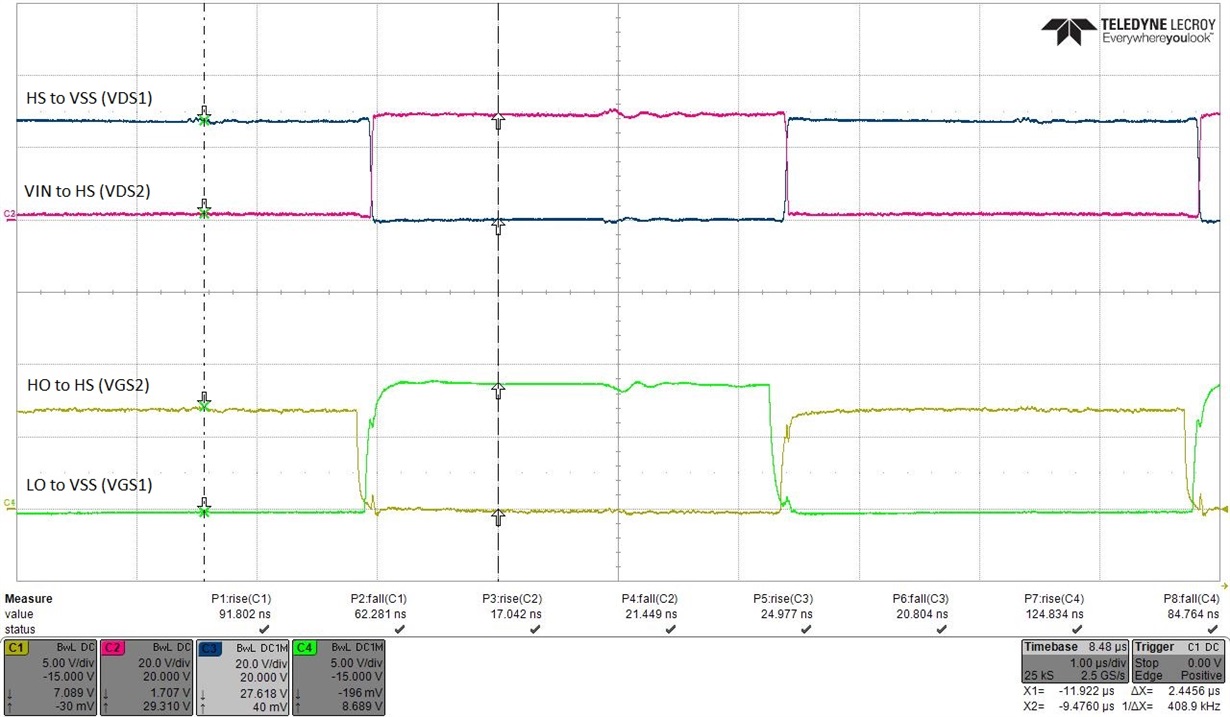Hi TI team
I am using LM5101AM in full bridge circuit.
During the gate source impedance measurement in circuit, some devices showed 2Kohm, which is normal where as some devices showed 25-35ohm only. This low impedance reading is exposing the vulnerability of the devices which could ultimately fail my unit.
Could you please let me know whether this is a known issue or please provide other explanation?
Best regards
Nabin




